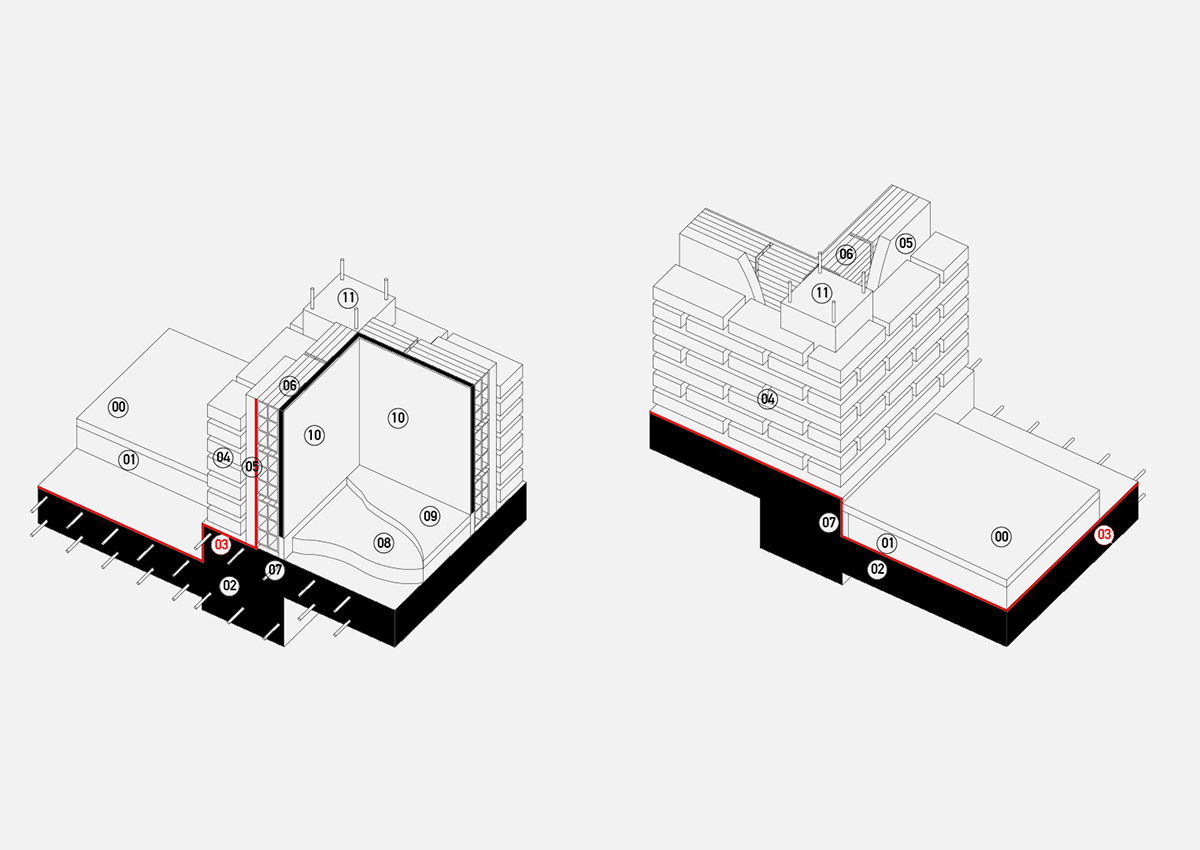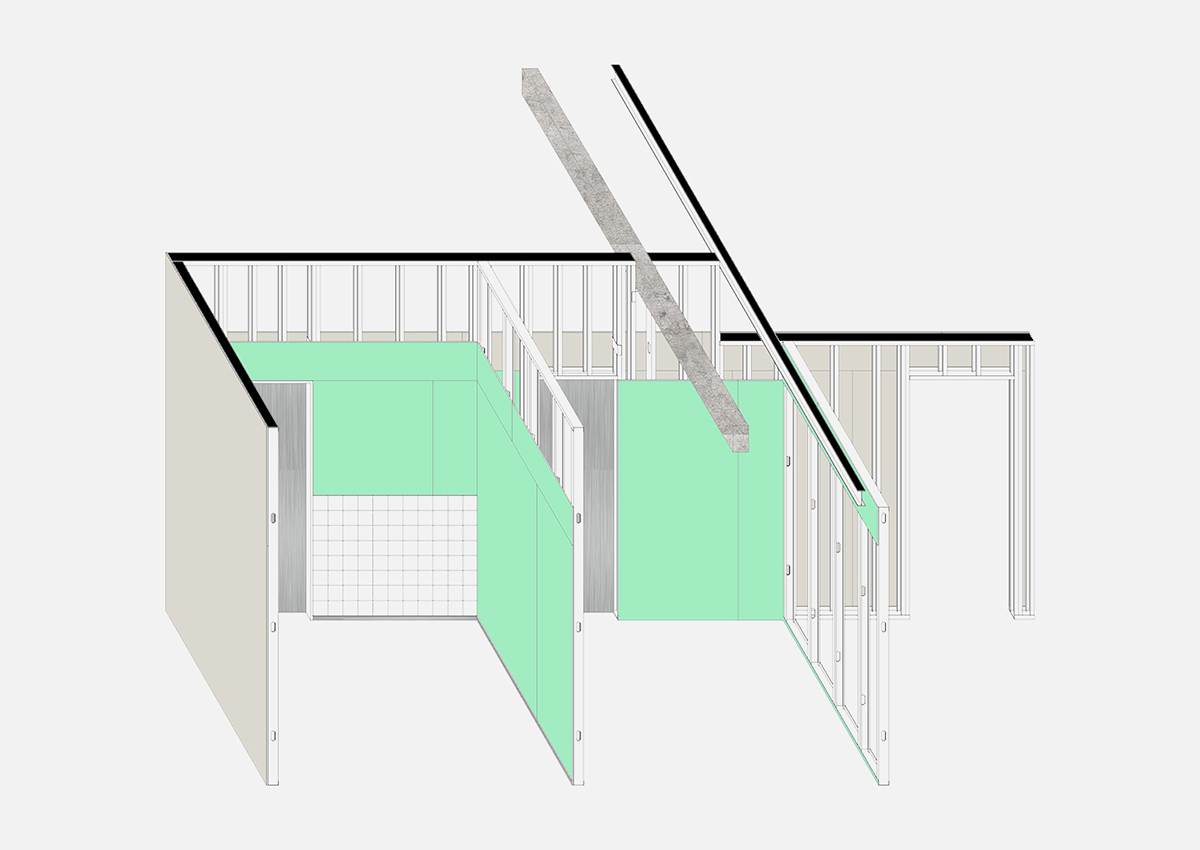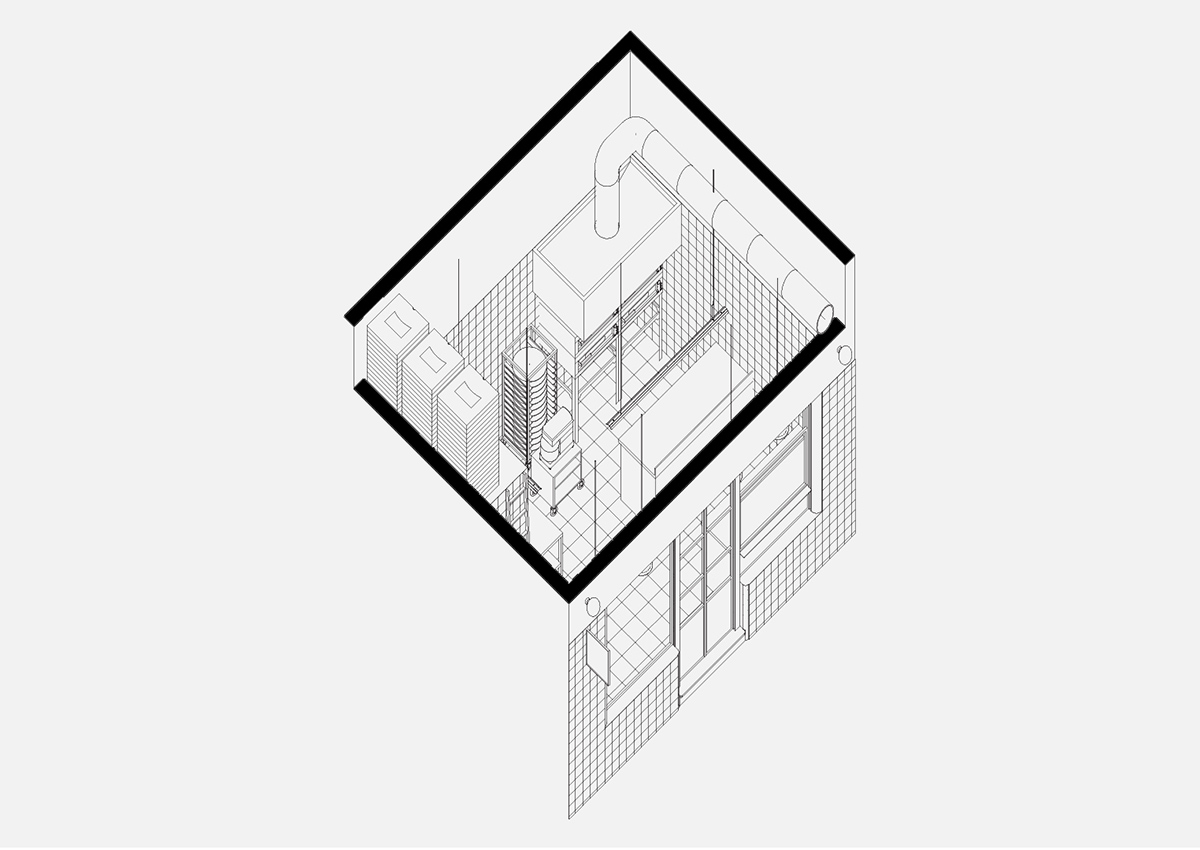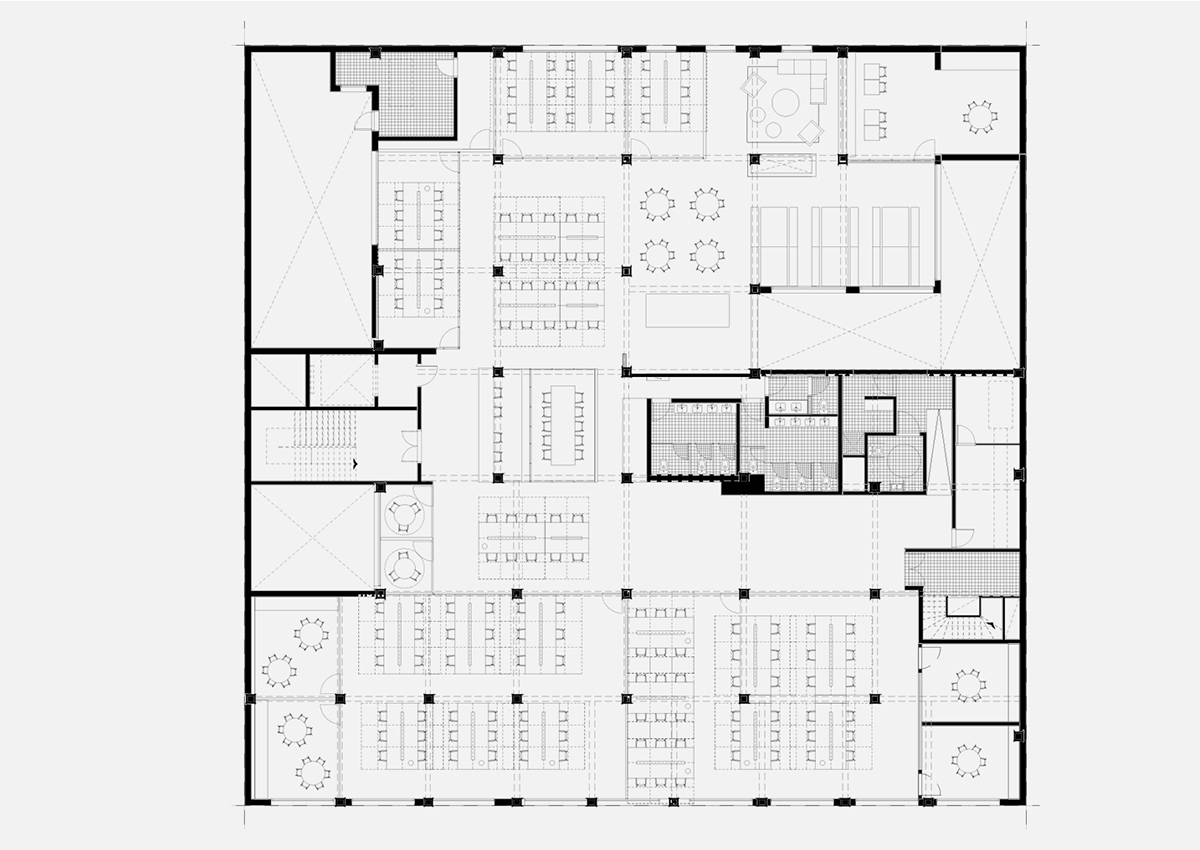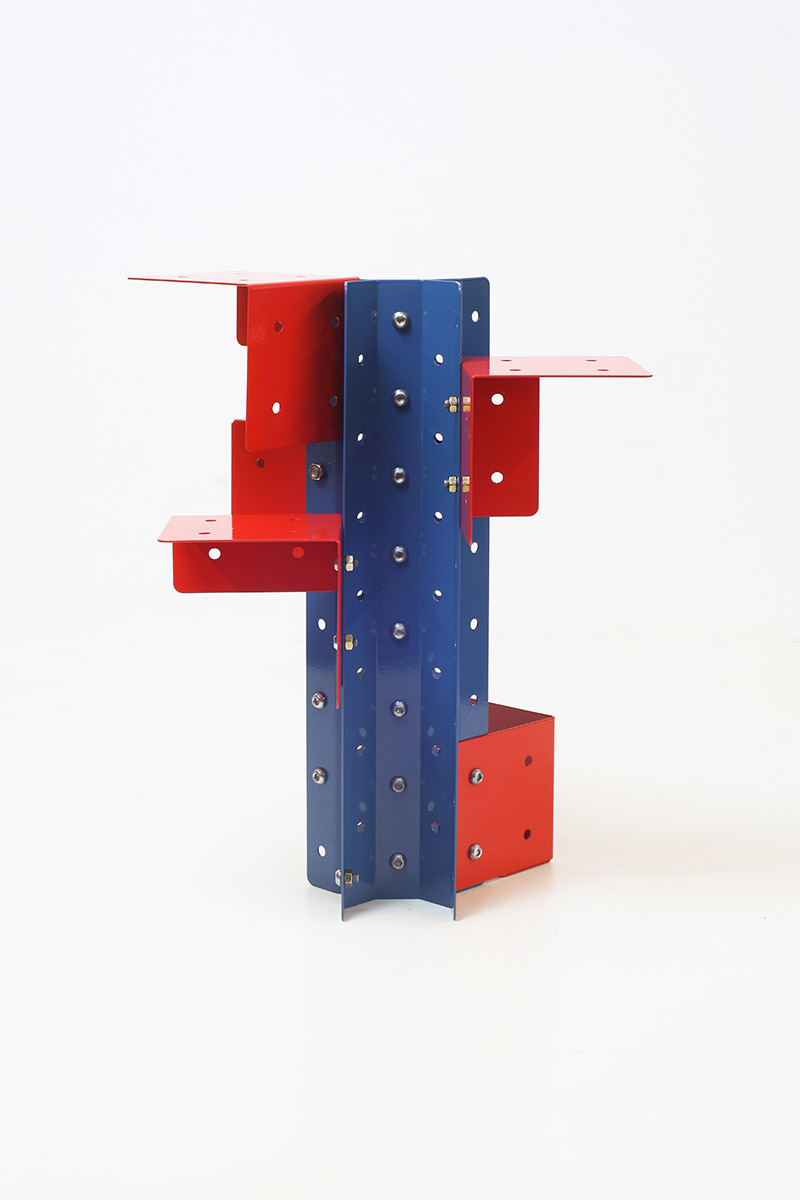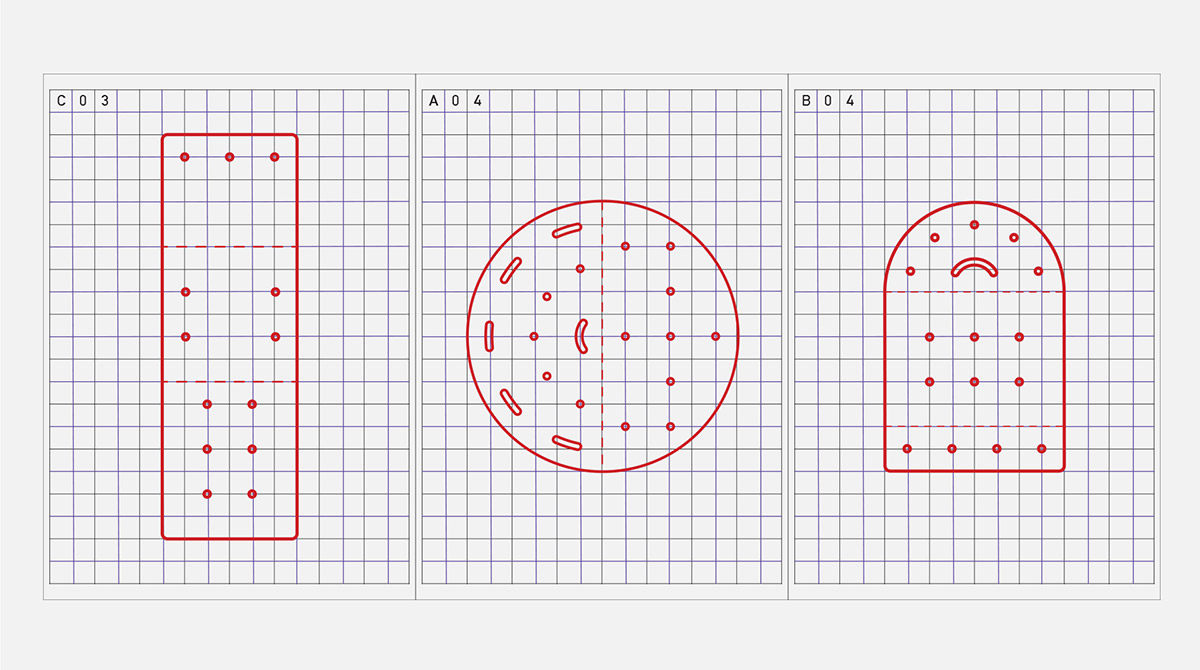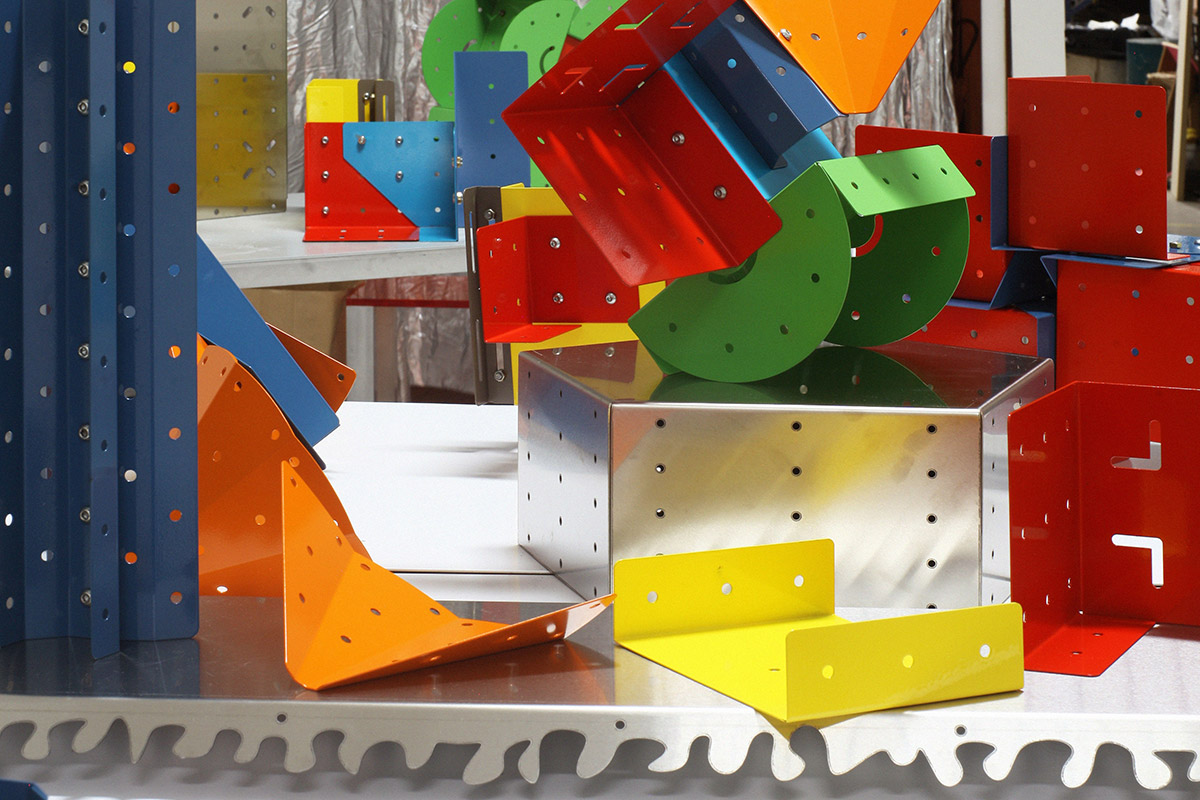24/002
FLORA
Architecture Office
Buenos Aires
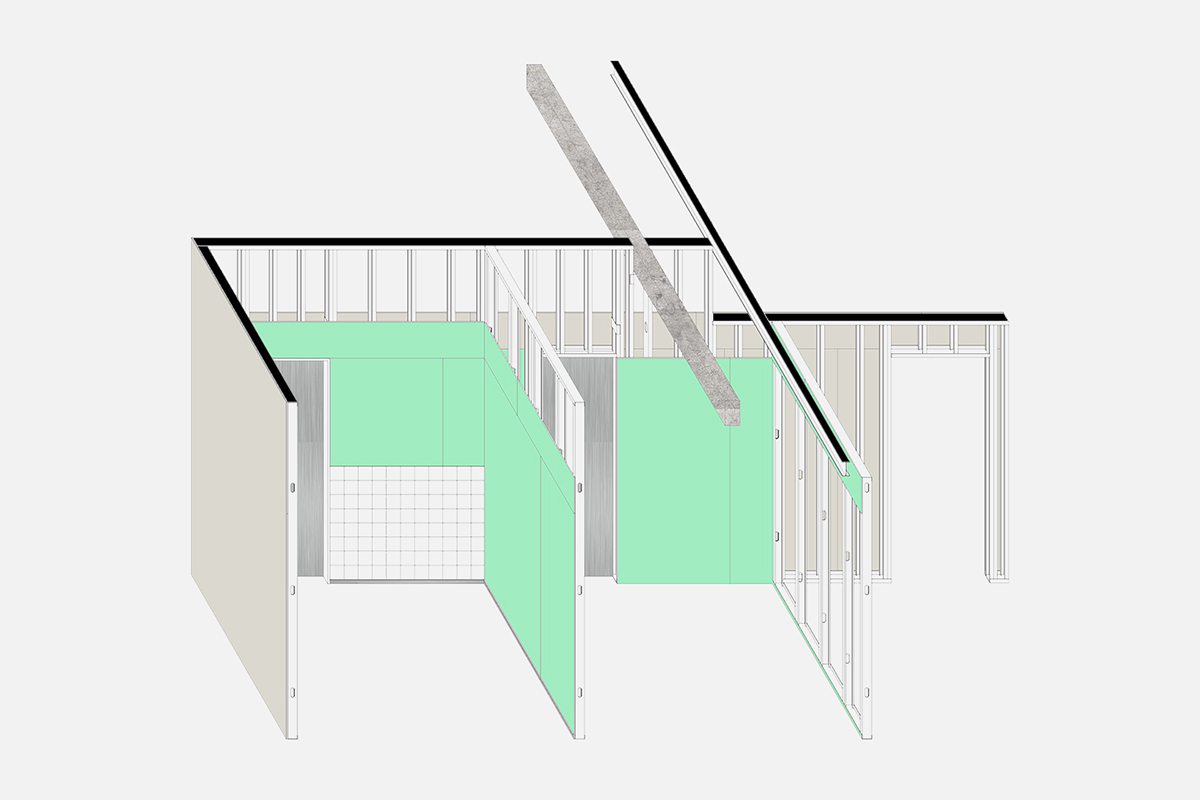
«I imagine that our profession could be more linked to other common practices.»
«I imagine that our profession could be more linked to other common practices.»
«I imagine that our profession could be more linked to other common practices.»
«I imagine that our profession could be more linked to other common practices.»
«I imagine that our profession could be more linked to other common practices.»
Please, introduce yourself and your studio…
My Name is Facundo Fernández and I founded FLORA architecture office in Buenos Aires. I started my independent practice right after finishing my studies in Architecture. At the same time I was teaching Architectural Representation and later on Design Studio at the University of Buenos Aires.
I understand my work as a combined process between research and practical knowledge. From our office we are involved in the design and execution of projects of multiple scales. We work with our own and subcontracted construction teams, as well as with factories that provide us with material solutions for our technical developments.
We combine a network that is part of our daily work system. We consider the process as a construction of knowledge, building bridges between commercial assignments and academia, through seminars and workshops with students.
How did you find your way into the field of architecture? What comes to your mind, when you think back at your time learning about architecture?
While studying architecture, I took documentary photography seminars for 5 years. I began to understand the architecture of cities as a constant record of everyday and banal episodes. I believe that photography made me understand the city and its architecture sensitively.
It was not until my the third year of my architecture studies when I realised that architecture was broader than I thought and what I learned in Design Studios. That year I discovered Robert Venturi, Denise Scott Brown, Alison and Peter Smithson. It was then that I could feel that what I saw through photography could be manifested in my practice as an architect.
What are your experiences founding your own office?
The office's first challenges were how to sustain over time a flow of projects that would allow us to cover our monthly expenses. In the beginning we were three people in the office, we started with a big project, all of us doing as many tasks as possible. Until then we had no methods, no clear divisions of tasks, we simply moved forward on what was coming. Later we found out that the administrative workload was becoming more and more demanding.
My work practice is marked by the constant devaluations of the Argentine currency. I do not know how to work without inflation. But at the beginning, understanding how to quote such large jobs with high inflation rates has been very complicated to me. I think the biggest issues we had were announcing significant budget increases to clients, as we had no experience in finance and did not know how to deal with inflation-linked pricing in our first years of practice.
How would you characterize the city you are currently based at as location for practicing architecture? How is the context (of this specific place) influencing your projects?
Buenos Aires has always been very inspirational for me. Since we opened our office we decided to settle in downtown. The densest and most mixed sector of the city. This area coexists with all kinds of architectures. Working in the context of Buenos Aires allows us a certain freedom in producing architecture. And that freedom can be seen in the streets, where eclectic architectures coexist with other inconsequential and banal examples.
Although the building code is very specific, when it comes to renovation work, there are many arbitrary rules that allow us to manipulate spaces very freely. The climate of Buenos Aires is also a good factor, since it has average temperatures during most of the year, as well as a constant presence of the sunlight.
What does your desk/working space/office look like at the moment?
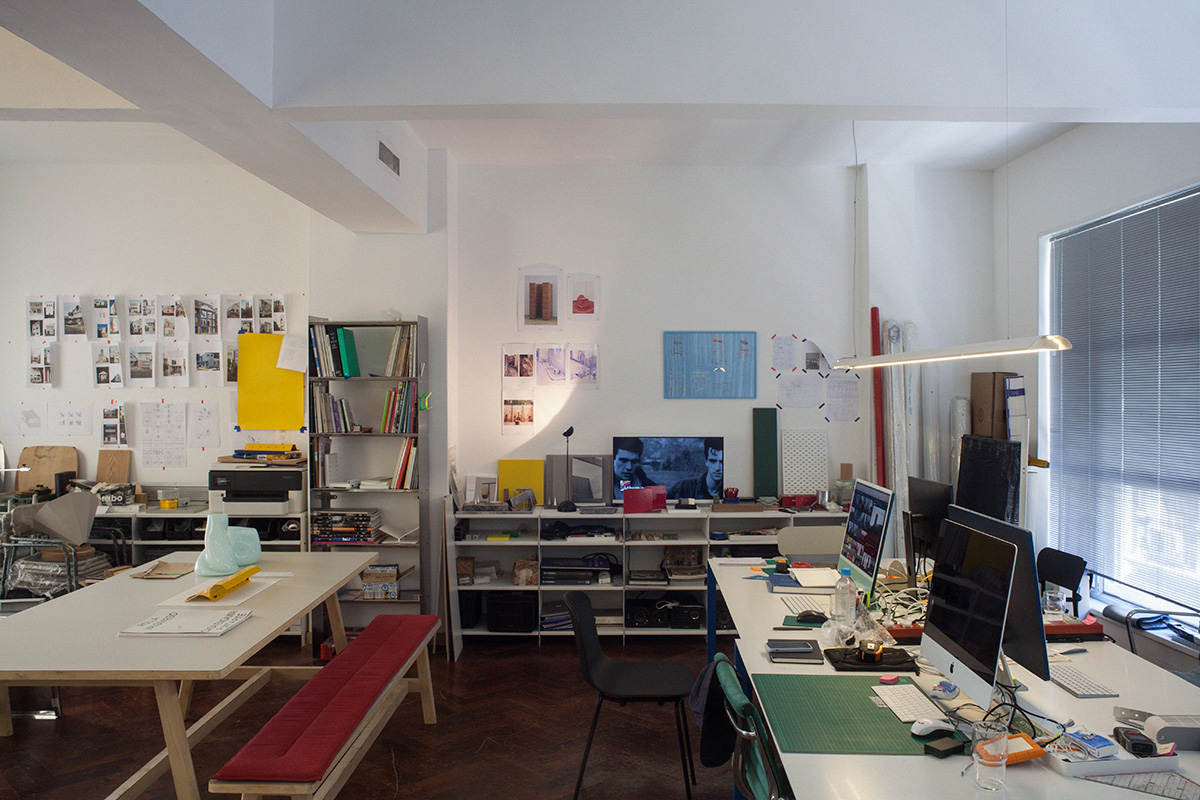
Working Space – FLORA
Name your favorite …
Book/Magazine: Learning from Las Vegas
Building: Rockefeller Guest House
Mentor/Architect: Marcelo Sacieraín
Building material: Metal
What needs to change in the field of architecture according to you? How do you imagine the future?
I imagine that our profession could be more linked to other common practices. That architecture can be broader, to be able to break down the prejudices of iconic, unilateral figures, as well as to think that architecture is necessarily aligned to building. I hope that our profession will demystify its past and its traditions, and that we can have a more sensible and humane academic and professional experience.
What essential actions do we need to take as architects now regarding a more sustainable future for everyone?
In my opinion, approaching a more sustainable future will have to do with accepting that we must change our habits of life and consumption. Of course it is important that there may be new techniques in accordance with more materially and energetically efficient construction systems, but if the paradigms of comfort do not change, I see it as difficult to make a substantial impact.
I believe it is time to discuss what comfort is, especially in central economies, where their systems are based on the constant supply of new ways to continue consuming in pursuit of standard models of comfort. That is why understanding how different cultures live around the world, could be a learning experience to discuss these models of producing architecture as well as to think that it is possible to live with less requirements imposed by markets, legislation or supposed technical standards.
If there were one skill you could recommend to a young architect to study in depth at architecture school: what would it be and why?
I'm not sure if I can recommend a specific skill, but I could say in my experience, this profession requires constancy, patience and rigorousness. It is not a linear profession in many aspects, so it could be frustrating at times, that is why one has to be constantly creative to be able to overcome all kinds of circumstances. It is a constant experience of encountering new scenarios, people, places, problems, solutions, answers, questions and much more. Not getting bored and reinventing myself is my way of carrying out my office project.
What is your favorite tool to design/create architecture and why?
My tool is working in a group. Although many times one has specific tasks, being surrounded by people is the best way to create and design architecture.
Do you think social media is changing the field of architecture?
In our experience social media has brought us many commissions, as well as new relationships with other colleagues and professionals. It is a great tool for connection and accessible to anyone. I am sure that is changing the way how we interact in the practices.
What person/collective or project do we need to look into right now?
Recommend any office/architect/artist that you find inspiring:
Project 1
Ginger
Project 2
Pesquisas Generales
(Workshop in Escola da Cidade, SP. Brazil)
Website: floraestudio.net
Instagram: @floraoficina
Photo Credits: © Facundo Fernández
Interview: kntxtr, kb, 02/2024

